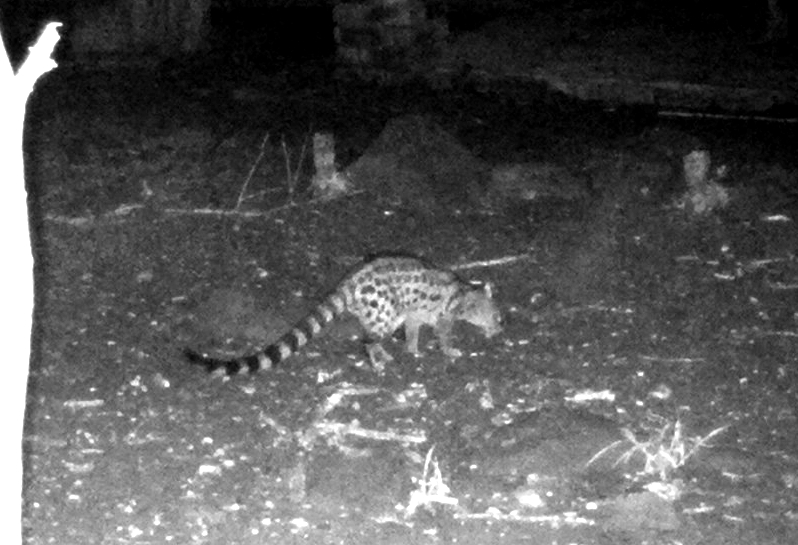
Why would a travel-related site write about avocados? I could say that regardless of where we live, we have to eat. But, in this case, it’s more about cultural interests, agriculture, and the diet of those who prefer to eat certain nutritious foods. Avocados are among this group in South Africa.
Certain food items are impossible to find as we’ve traveled the world. If they are available, they are costly and often difficult to ripen. In many cases, I’ve left avocados on the counter, hoping they’d soften in a few days, only to be disappointed when they don’t ripen at all or are tough and tasteless when they do soften sufficiently to cut and eat.

South Africa is 12th in the world in avocado production s indicated on this site, as listed below:
“Statistics of Avocado Production
The export estimate for the 2019 season from March to October is 14.5 million of 4 kg cartons, which amounts to 58 000 tons. Derek Donkin, CEO of the South African Subtropical Growers’ Association (Subtrop), estimates that the total crop of 2019 will be 110 000 tonnes. This includes local, export, and fruit sold for processing into an avocado puree and oil.
Future production of avocados in South Africa is expected to grow with an additional 1000 ha – 1500 ha to be planted annually for at least the next five years from 2019 onwards. Exports should exceed 20 million cartons at this growth rate and will expand as long as the industry grows.

The bulk of new plantings in South Africa is the black-skinned Hass and Hass-type avocados. New green-skinned avocados are aimed at either the early or late local market.
The informative ‘Avocado Market – Growth, Trends, and Forecast 2019-2024’ report estimates an increase in avocado consumption in China. Already in 2017, China imported 22% more than the previous year. China imports avocados mainly from Chile, Mexico, and Peru, all three countries having beneficial terms of trade with China.
World Production of Avocados
Approximately 76% of avocados are produced in the Americas, 11% in Africa, 9% in Asia, and 2% in both Europe and the South Pacific. Mexico is the world’s biggest producer of avocados, with an approximation of 1.5 million tonnes out of global production of 3.2 million tonnes as of 2018.

South America, Colombia, Brazil, Chile, and Argentina are the large producers of avocados, with Peru exporting 60% of South America’s volume. Colombia’s plantings are growing faster than South Africa’s, with 1 500 to 2 000 ha planted each year. Colombia has also become the largest exporter of Hass avocados in the world.
In Africa, avocado producers include South Africa at 120 000 tonnes; Kenya produces an estimation of 80 000 tonnes, Tanzania and Zimbabwe each has 5 000 tonnes, and newcomer Mozambique is at 1 000 tonnes.
Other countries producing avocados include the Philippines, Australia, New Zealand, Madagascar, Mauritius, Madeira, the Canary Islands, southern Spain, and southern France, as well as Sicily, Crete, Israel, and Egypt.
South Africa’s Avocado Exports
Between 45 and 50% of South Africa’s avocados are exported, and 10 – 15% is processed into oil and pulp. The rest is sold locally. The main importing countries of South African avocados are Europe – particularly the Netherlands, France and Spain, the UK, and the Baltic states at 95%. Small volumes are exported to Africa, the Middle East, and Hong Kong.

South African industries and government are negotiating market access to the USA, mainland China, and Japan. Currently, strict phytosanitary requirements limit access to these markets. Peru, as another southern hemisphere producer, is South Africa’s most serious competitor, both in volume and timing, for the supply of avocados into northern hemisphere markets.”
As a result of how prolific avocados are in South Africa, I often buy a bag of small avocados, the Haas dark skin variety. I have had nothing but a good experience every time. The typical cost for the bag of ten small avocados is usually under US $5.00, ZAR 77.
When purchasing one of these bags, all of them are hard and unripened. I always plan to ensure they are soft and ready to eat when I buy them. In a perfect world, I have one of these small-sized avocados in my salad each night, but I have to plan to accomplish this based on when we shop and when we’re dining at home.
One day, a few months ago, I placed two avos on the window sill. They weren’t in direct sunlight, but it’s warmer there. By the way, I never refrigerate avos unless I’ve only eaten half and plan to have the other half the next day. Avo lovers know so well that they don’t keep well after peeling. They are ready to eat within 36 hours of placing the small avos on the window sill. I always have sufficient ripe avos and never waste by this process.
Years ago, I read that if you store a portion of the avo with the pit in a sealed container, it will keep for a few days. Although I rarely leave half of these small avos, I’ve tried this, and it seems to work well for 24 hours when refrigerated.
As for nutrition, avocados are ideal for my way of eating, as indicated below:
Photo from one year ago today, January 14, 2021:

